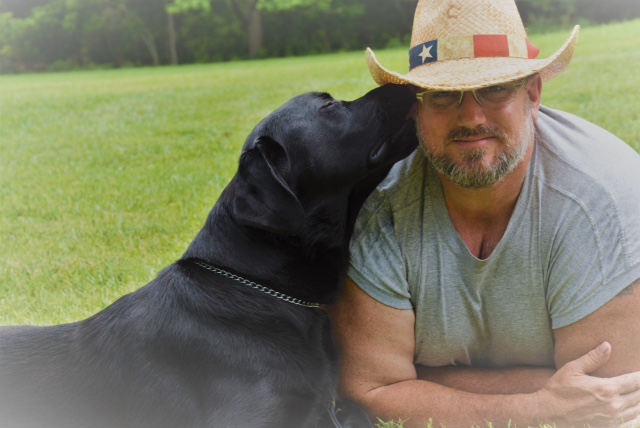Service dogs, medical service dogs, and assistance dogs are all names for the same thing. They are the only type of dog that is protected by federal law under the Americans with Disabilities Act (ADA).
This protection means that service dogs are permitted in any place that the public is permitted, such as grocery stores, malls, movie theaters, hotels, etc. They are protected by federal law because they are much like a piece of medical equipment with a heartbeat.
They do not fall under any pet regulations, such as a pet fee for a hotel room, since they are in no way considered a pet.
What are Service Dogs Trained to Do?
Service dogs are trained to perform a wide array of tasks that are then used to help mitigate the challenges that are presented by a disability to an individual.
Many individuals that we work with at Guardian Angels have been self-isolated at home or have caregivers, so they are unable to independently enjoy major life functions.
Service dogs can be trained for:
Diabetic Alert Dog
The dog is trained to alert the recipient if their sugar levels are too high (hyperglycemia) or too low (hypoglycemia). When the service dog alerts the recipient, the recipient knows to test their blood and take their medication accordingly to adjust their blood sugar levels. The dog can also be trained to alert other people in the home or set off an alarm in the event that the recipient needs medical attention.
Mobility Assistance Dog
Service dogs can be trained to help people with disabilities perform daily tasks such as picking up dropped items, opening/closing doors, turning on/off lights, pressing automatic door or elevator buttons and performing an array of other activities. A mobility assistance dog is commonly paired with a recipient who has a condition such as, but not limited to, a spinal cord injury, brain injury, arthritis, cerebral palsy, or muscular dystrophy. They can be trained to brace their recipients who have balance issues, and some specialize in assisting people in wheelchairs.
Seizure Alert Dog
Service dogs can be trained to assist recipients before, during, and after a seizure. They are trained to alert the recipient before they have a seizure and can help the recipient during the seizure by protecting their head from injury, and they help after a seizure by helping the individual to reacclimate and feel secure.
PTSD Service Dog
Service dogs can be trained to alert their recipient in advance if they are going to have a nightmare, a flashback, a panic attack, etc. They are specifically scent trained to help individuals who have conditions such as post-traumatic stress (PTSD), anxiety, depression, etc. These service dogs help their recipient go out in public again while serving as a physical barrier between their recipient and strangers entering their personal space. Additionally, PTSD service dogs are not only trained in shielding, but also to redirect and ground their recipient from anxiety/panic attacks, flashbacks, and waking them from impending nightmares.
Service dogs have a highly sophisticated sense of smell that allows them to alert in advance helping their recipients function in a safer, more normal manner. Depending on the situation, they can also be trained to go find a family member in the household or push a monitored help button if necessary.
The medical service dogs we train here at Guardian Angels go through no less than 1,500 hours of service dog training over the course of a year and a half to two years. Our extensive training includes, but is not limited to desensitization, basic and advanced commands, public access training, and socialization.
Want to Learn More About Service Dogs? We’re Here to Help!
At Guardian Angels Medical Service Dogs, we are happy to answer any questions you may have about service dogs and how they are trained. Feel free to contact us today to learn more!
- Service Dog Public Access Skills: Navigating Real-World Distractions - October 15, 2025
- Service Dog Communication: How Dogs Alert to Medical Changes - September 23, 2025
- Featured Recipient: Adam & Buddy - September 17, 2025





